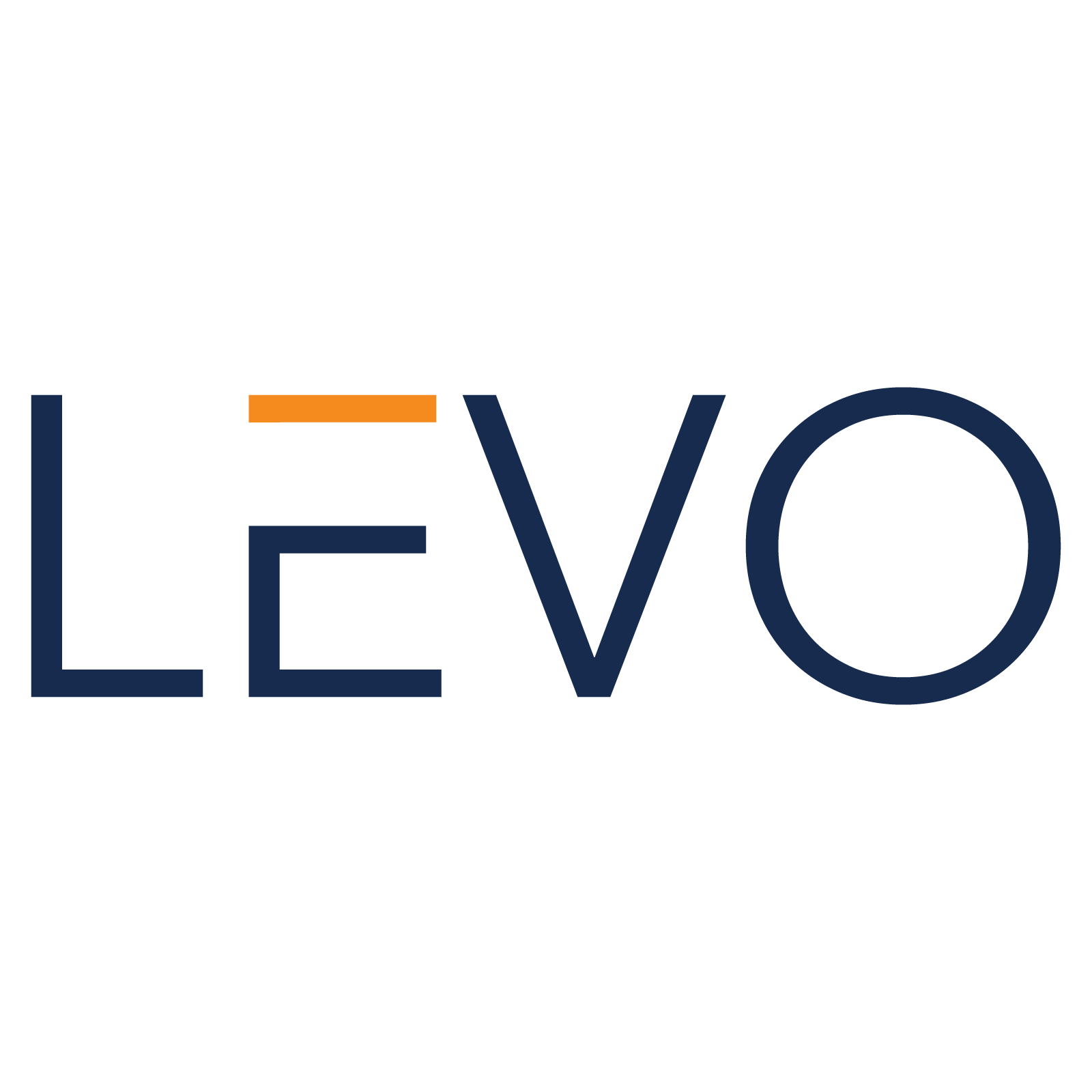Context of MCP Server adoption in Banking
Banking has always been an early adopter of transformative technologies. Decades ago, the rollout of ATMs reshaped customer expectations by making cash available 24/7. Online portals and mobile apps turned convenience into a competitive differentiator. Now, AI is becoming the next seismic shift in how banks serve customers, manage risk, and run their operations.
Banks are not experimenting with AI at the edges anymore. AI is being woven into their core fabric. Customer support is now increasingly handled by intelligent agents capable of answering millions of questions every day. Risk teams rely on AI powered models to scan transactions in real time for fraud or money laundering. Compliance teams are exploring copilots that can summarize regulatory texts, generate reports, and assist with audits in a fraction of the time.
This adoption is being accelerated by one key enabler: the MCP server. MCP, or Model Context Protocol, acts as the connective tissue between AI agents and the core banking systems they need to access. Instead of building hundreds of custom integrations, banks can expose their systems as MCP tools, and AI agents can call them with natural instructions. An AI agent tasked with “validate this loan application” can use an MCP server to pull credit history, check KYC records, and even query sanction lists without developers wiring every possible path.
The ROI case is strong. Banks running pilots report major productivity gains, with some reporting reductions of 20–40 percent in manual work for compliance, and measurable cost savings in fraud detection. Yet, despite these wins, only a small percentage of banks have put AI workflows into full scale production. The roadblock is not the business case, but the security question: how do you ensure these MCP mediated agent actions are safe, compliant, and trustworthy?
Where MCP fits into Banking Workflows
To see the importance of MCP servers, it helps to zoom in on how banks actually use them. They serve as a universal bridge. Instead of an agent directly coding against APIs, the MCP acts as a broker that interprets the agent’s intent and maps it to the right systems.
Examples across banking workflows:
- Customer Service: A virtual agent can handle account queries by calling an MCP that fetches account details, balances, and transaction history from the bank’s core systems. This reduces load on call centers and improves customer experience.
- Fraud Monitoring: MCP servers let AI agents query fraud detection models, blacklists, and third party verification services instantly. Agents can chain tools, checking suspicious activity across accounts, geographies, and transaction types.
- Loan Origination: During credit approvals, MCPs connect agents to credit bureau APIs, KYC verification systems, and internal risk models. What once took days of manual back and forth can now be orchestrated in seconds.
- Trading and Investment Advice: AI driven advisors pull real time market data, portfolio histories, and predictive analytics via MCP servers. They can adjust strategies and deliver personalized advice instantly.
- Compliance Reporting: Agents generate compliance reports by retrieving data from multiple internal systems through MCP servers, ensuring consistency and saving weeks of manual consolidation.
The MCP’s role is like a switchboard operator in a busy city. Instead of dialing every system separately, the agent asks the operator, who knows where to route the request. This makes AI workflows faster, scalable, and easier to maintain. But it also means the operator has immense power if it misroutes a call, exposes too much information, or connects to the wrong system, the impact is magnified.
The Unique Risks in Banking (Data, Compliance, Trust)
The banking industry carries some of the highest stakes when it comes to digital risk. MCP servers amplify those stakes because they sit in the middle of critical flows.
- Data sensitivity risks: Banks handle some of the most confidential data like account numbers, balances, payment details, and personal identifiers. MCP servers often broker this data between AI agents and systems. If data leaks through prompts, embeddings, or downstream calls, it can lead to identity theft, fraud, and reputational loss.
- Compliance risks: Banks operate under PCI DSS, SOX, GDPR, and now emerging AI regulations. An MCP call that sends data across borders or through a vendor’s API without proper controls may put the bank in violation. Regulators are unforgiving in finance. Even minor lapses can result in multimillion dollar fines and loss of operating licenses.
- Privilege escalation risks: AI agents often operate with delegated authority. If an agent gains excessive privileges via an MCP, it could chain multiple tools into destructive actions for example, initiating unauthorized wire transfers or approving fraudulent loans.
- Attribution and audit risks: Traditional banking security models are built on human accountability. “Alice logged in and approved a transfer” is auditable. But if an AI agent triggers an MCP call that cascades into multiple downstream actions, who is responsible? Without attribution, banks cannot provide regulators with the required audit trails.
- Customer trust risks: Banking customers expect flawless security. A single breach, hallucinated recommendation, or mishandled loan decision can permanently damage trust. In a sector where reputation is everything, losing trust can be existential.
The combination of these risks creates a dangerous paradox. Banks know AI can unlock efficiency and competitive advantage. Yet, without runtime guardrails around MCP servers, they risk trading short term speed for long term disaster.
Why Legacy Security Fails
Banks already spend billions annually on security infrastructure. Firewalls, IAM platforms, DLP tools, SIEMs, fraud engines the list is endless. Yet none of these can effectively address the new risks MCP servers bring.
- Built for human identities, not agents: IAM systems map humans to roles and permissions. But MCP interactions are non-human by design. Agents assume temporary identities, use scoped tokens, and operate dynamically. IAM cannot track this fluid identity landscape.
- Edge visibility is insufficient: Firewalls and gateways monitor traffic entering and leaving the bank. But MCP risks live inside east-west flows between agents, MCPs, and APIs. Legacy tools don’t see this internal chatter.
- Deterministic assumptions fail in non deterministic systems: Fraud detection engines and AppSec tools assume predictable flows. MCP enabled agents generate plans on the fly. Testing every possible path is impossible.
- Data protection misses the prompt layer: Traditional DLP tools focus on databases or files. But MCP leaks happen in prompts, embeddings, and outputs, which legacy tools don’t monitor.
In essence, banks are using security designed for yesterday’s challenges. It is like guarding the front gate of a bank branch while robbers use underground tunnels. The tools look robust on paper but are irrelevant against the new attack surface.
How Runtime MCP Security Enables Adoption Safely
To move forward, banks need security that matches the new reality dynamic, agent driven, and runtime first. Runtime MCP security provides that.
- Complete visibility: Runtime security traces every agent to MCP call, reconstructs downstream chains, and shows exactly which agent acted, with what data, and on whose behalf.
- Data redaction and compliance enforcement: Sensitive data like PCI or PII can be redacted inline before leaving the bank’s environment. Region and vendor restrictions can be enforced at runtime, ensuring compliance even in complex workflows.
- Scoped permissions and least privilege: Instead of granting broad system access, runtime guardrails ensure agents can only use the exact tools needed for the task. This reduces the blast radius of any compromise.
- Inline enforcement and kill switches: If an anomaly or hijack is detected, the MCP session can be terminated instantly, containing the risk without halting all operations.
- Audit-grade evidence: Immutable logs of every action create continuous compliance proof. Regulators and auditors can verify actions without manual report building.
By shifting security inside the runtime, banks can turn MCP servers from a risk into a managed enabler. Instead of slowing AI adoption, security becomes the reason banks can scale AI responsibly.
How Levo Can Help
Levo has built a platform specifically for this new challenge, extending its proven API security expertise into the AI and MCP domain. For banks, this means:
- Privacy first architecture: Sensitive banking data never leaves the environment. Levo processes only metadata, not payloads.
- Deep runtime visibility: eBPF based sensors operate at the kernel level, capturing agent MCP API flows without developer changes or latency.
- Cost efficiency: Banks can secure billions of MCP calls with less than 1 percent overhead, making adoption viable at scale.
- Compliance readiness: Continuous audit trails meet PCI DSS, SOX, GDPR, and AI regulatory requirements out of the box.
Levo doesn’t replace existing controls but fills the critical gap they cannot address. With Levo, banks can deploy AI in production with confidence, accelerating ROI while protecting data, compliance, and customer trust.
Conclusion
For banks, trust has always been the foundation of the business. Every technological leap, from ATMs to mobile apps, has been successful only when customers trusted it to be safe. MCP servers are now the backbone of AI adoption in finance. Securing them is not just about preventing breaches, it is about preserving the very currency of banking: trust. Without runtime security for MCP servers, AI adoption in banking will stall. With it, banks can innovate faster, comply easier, and protect the confidence of every customer.


.jpeg)
.png)

.png)
.png)
.png)
